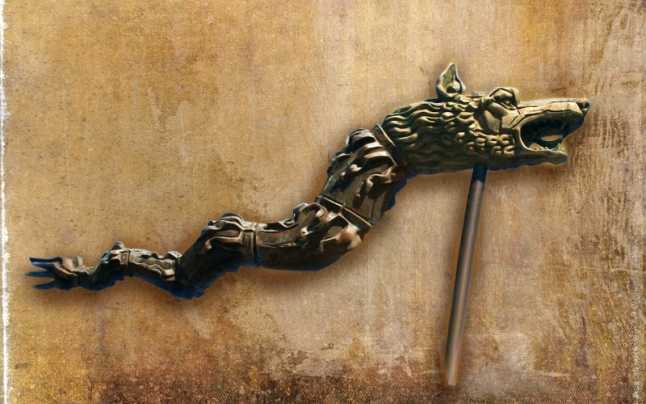
The kóryos institution
We are in the late Copper Age era (3000 BC), somewhere in nordic pontic steppes, in what is called Yamnaya Culture. The Koryos fellowships were composed of adolescent males (presumably from 18–19 years of age), coming from ruling class families and initiated together into a warlike manhood. After undergoing different trials to enter the group (various sports competitions, on the one hand, and recitation of heroic poems and legends of past heroes, on the other), they were sent away to live in the wild for a number of years, within a group ranging from 2 to 12 members. A tradition of epic poetry celebrating heroic warriors plundering territories (which were portrayed as possessions the gods wanted them to have) validated the violence among the kóryos. The young males went without possession other than their weapons, living on the edges of their host society. Social behaviour normally forbidden, such as stealing, raiding, or sexually assaulting women, were therefore tolerated amongst kóryos members, as long as these acts were not directed at the host society. Their activities were seasonal and they lived with their home community for a part of the year (the cold season). The leader of the band, the koryonos, was determined with a game of dice, and the result was accepted as the gods’ choice. The other members pledged to kill and even to die for him. The period of initiation within the kóryos was perceived as a transitional stage from adolescence to the status of adult warrior and was usually crowned by marriage.
Scholars have argued that the institution of the kóryos played a key role during the Indo-European migrations and their subsequent conquest of the world. Raids headed by those young wolf-warriors could have led to the establishment of new settlements on foreign lands, preparing the ground for the larger migration of whole tribes including old men, women and children. This scenario is supported by archaeological and genetic data: the Kurgan, Corded-Ware or Bell Beaker tribes spread literally all over the world and replaced the original male population in proportions from 80-100%. The kóryos institution served as a way of promoting group cohesion and as an instrument for external territorial expansion.
Wolf-like behaviour
At Krasnosamarskoe (Volga steppes) were found 51 dogs and 7 wolves sacrificed and consumed in what could have been a mid-winter Koryos initiation ritual. The ritualistic eating of dog/wolf meat marked the symbolic transformation into a dog/wolf, thus assuming its attributes: courage and swiftness; strength and resilience; loyalty and group solidarity, creativity and unpredictability. The Koryos warriors used to live in the wild, looting and fighting naked, symbolically wearing only the skin of the sacrificed wolf. At the end of the initiation period, when the young man returned as a mature warrior, he ritually burned his wolf skin. The site is associated with the Srubnaya culture (1900–1700 BC).
